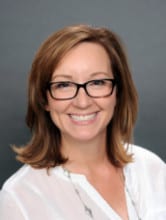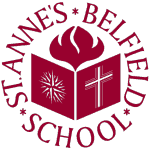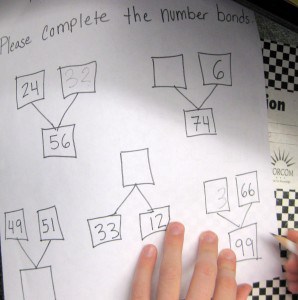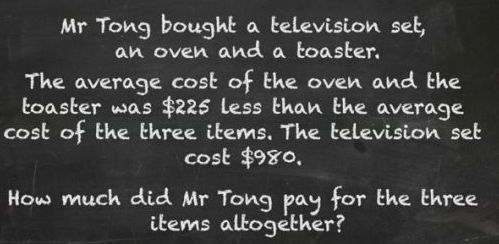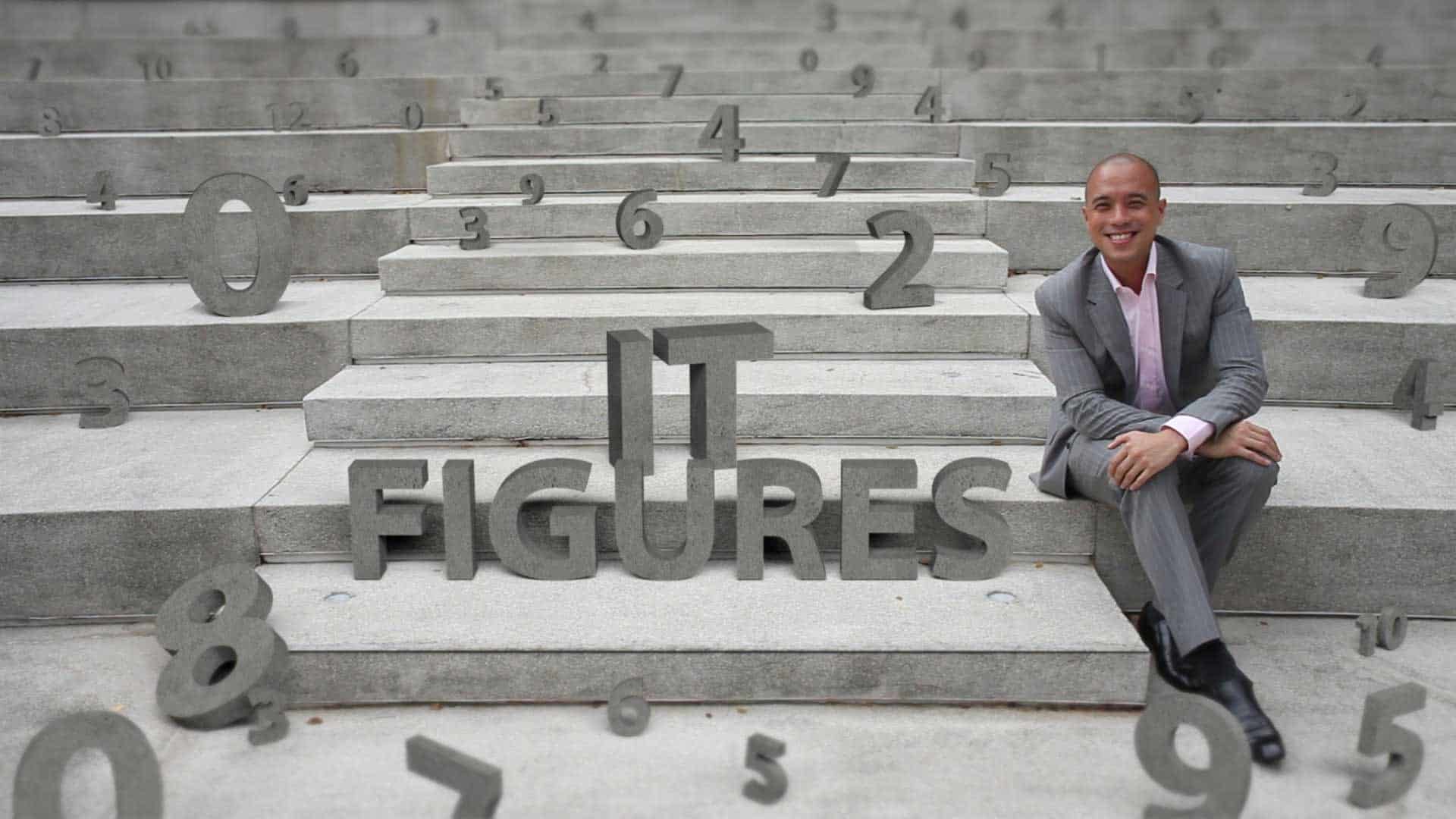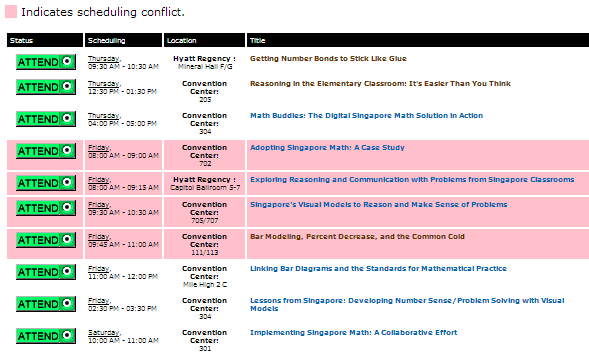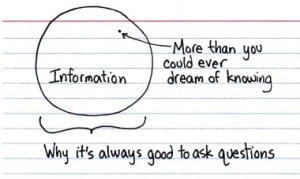 Or resources to help students?
Or resources to help students?
These new pages should help.
Every year, I respond to hundreds of inquiries from teachers, administrators and parents seeking more information about the Singapore Math curriculum.
Some want to learn more about Math from Singapore and why it is so successful. Others are looking for specific resources to use in the classroom or for home enjoyment. Others still are seeking to a higher level of knowledge so they can be more effective math coaches or trainers.
I’ve added three new pages to Singapore Math Source to steer you to the best available books for a variety of needs:
Singapore Math® Editions – at a Glance: Which series should I buy? See all your options.
Best Books to Support Singapore Math in the Classroom: Supplemental books for use with students.
Best Books for Grown-Ups Wanting to Learn Singapore Math: Title says it all, doesn’t it?
-Image via Indexed
